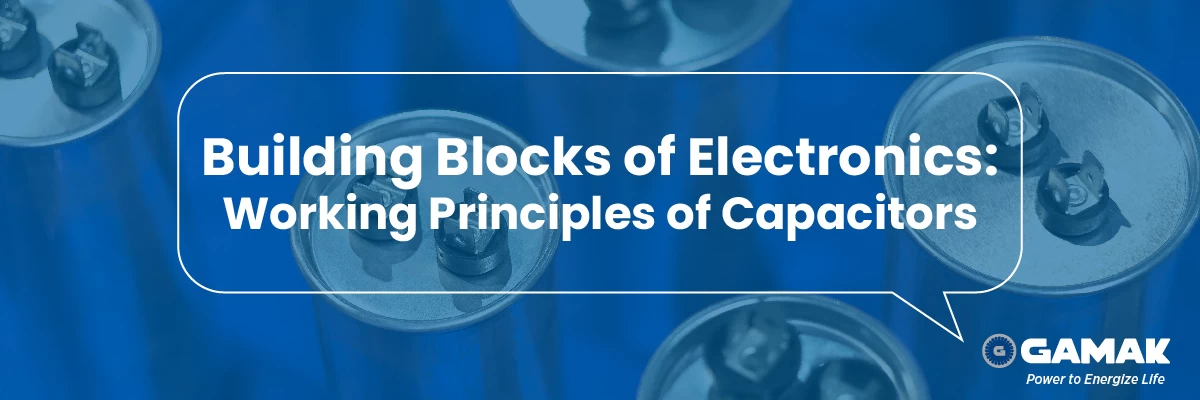
Exploring the Application Areas and Benefits of Capacitors
A condenser, also known as a capacitor, is an electronic component used in electrical circuits for storing and releasing electrical energy. It consists of two conductive plates separated by an insulating material called a dielectric. When a voltage is applied across the plates, an electric charge accumulates on them, creating an electric field between the plates. The condenser can store this electric charge and release it when needed. Capacitors have various applications, including energy storage, filtering, timing, and power factor correction in electronic devices and electrical systems.
What does a condenser?
A condenser has several functions depending on the context:
- In refrigeration and air conditioning systems: A condenser is a component that helps remove heat from a refrigerant gas and converts it into a liquid state. It is responsible for releasing heat to the surroundings, allowing the refrigerant to cool down and prepare for the next cycle.
- In optical systems: A condenser is used in microscopes to concentrate and focus light onto the specimen. It collects and directs light rays to enhance the illumination and improve the resolution of the microscope. The Liebig condenser is a type of condenser commonly used in laboratory settings for the condensation of vapors.
- In power plants: A condenser is used to convert steam from a turbine back into the water by cooling it down. This enables the steam to be reused in the boiler, improving the overall efficiency of the power generation process.
- In sound recording: A condenser microphone, also known as a capacitor microphone, uses a condenser to convert sound waves into an electrical signal. The sound vibrations cause changes in the distance between the plates of the condenser, which results in a varying electrical charge and produces the audio signal.
These are just a few examples of the applications and functions of condensers in different fields. A condenser's specific purpose and design can vary based on the system or device it is used in.
How does a condenser work?
The capacitor, also known as a capacitor, works by storing electric charge between two conductive plates separated by a dielectric material. When a voltage is applied across the plates, electrons accumulate on one plate, creating a positive charge, while the other plate develops a negative charge. This creates an electric field between the plates, allowing the capacitor to store electrical energy. The stored charge can be released when needed or used in various electrical applications.
How many types of condensers exist?
There are various types of condensers used for different purposes. Air-cooled condensers utilize ambient air for cooling, while water-cooled condensers use water as the cooling medium. Evaporative condensers combine air and water for cooling through evaporation. Shell and tube condensers have refrigerant flowing through tubes surrounded by a shell for cooling. Microchannel condensers are compact and use multiple microchannels to enhance heat transfer. The choice of condenser depends on factors such as cooling capacity, space limitations, and environmental considerations.
What is a condenser in a motor?
In a motor, a capacitor, also known as a motor capacitor or starting capacitor, enhances the starting phase by providing an additional power boost. It is connected to the auxiliary winding of the motor and stores electrical energy. When the motor is started, the capacitor sends a high-voltage pulse to the auxiliary winding, enabling the motor to overcome initial inertia and produce the torque required for starting. The capacitor is disconnected from the circuit when the motor reaches a certain speed. Incorporating a capacitor into motors improves their starting performance, efficiency, and overall operational reliability.
Why is a condenser used?
Condensers, or capacitors, are used for energy storage, noise filtering, timing circuits, power factor correction, signal coupling, and tuning in various electrical and electronic applications. They store and release energy, stabilize voltage or current, improve efficiency, couple signals, and enable frequency selection in circuits.

For detailed information, please contact us.